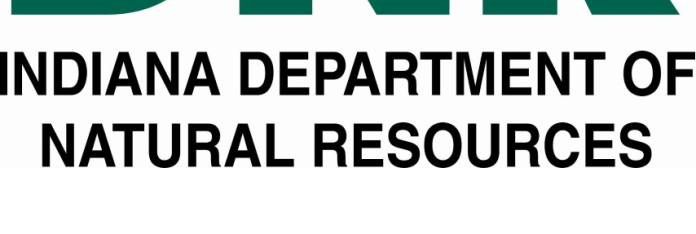Grants Announced For 33 Indiana Lake And River Enhancement Projects New grants for the care of Indiana’s water bodies totaling $1,296,000 have been awarded through the Lake and River Enhancement program in the Indiana Department of Natural Resources Division of Fish & Wildlife.
Four grants are for Kosciusko County.
The local projects by water body, county, project and grant award are: Tippecanoe River, Kosciusko County, dam removal, $40,000; Turkey Creek, Kosciusko County, design for channel erosion control, $20,000; upper Tippecanoe River, Kosciusko County, watershed land treatment, $45,000; and Webster Lake, Kosciusko County, bank stabilization on Kline Island, $41,000.
The grants, awarded by DNR director Cameron Clark, fund 33 projects in 25 counties, encompassing watersheds of 36 lakes and streams.
Local sponsors submit applications for LARE assistance and commit to sharing a portion of the total cost. DNR’s share comes from a fee paid annually by boat owners when registering their boats with the Bureau of Motor Vehicles.
The new grants include several projects to control erosion and enhance aquatic habitat on rivers and lakes. Thirteen grants for watershed land treatment were awarded to specific County Soil and Water Conservation Districts to complement their efforts with local landowners to reduce the amount of sediment and nutrient runoff. Preventing these pollutants from entering water is more economical and effective than trying to remove them from lakes and streams, according to a press release from the IDNR.
Several projects target watersheds that have received recent national attention. Installing measures to reduce phosphorous on Indiana lands will help to reduce the amount of phosphorus that enters the western Lake Erie basin and Lake Michigan. In 2014, Toledo, Ohio residents experienced water shortages due to toxic algae blooms in Lake Erie caused in part by phosphorous from Indiana and Ohio. Other projects in the Wabash River and Ohio River drainage are in areas that have been highlighted as important watersheds to reduce Gulf Hypoxia (the Gulf of Mexico dead zone).
Other projects include creating habitat elements such as riffles and pools, stream meanders, and wetlands that will provide shelter for fish and other aquatic organisms. Such enhancements encourage biological diversity in the streams and more opportunities for game fish, mussels, amphibians, turtles and other aquatic organisms to thrive.
Some of the projects will use bio-engineering techniques to address bank erosion on rivers and lakes. These techniques use glacial stone, native plantings and fiber mats instead of concrete or riprap.
Two projects will remove obsolete low-head dams on Little River and the Tippecanoe River. Removing dams that serve no current purpose improves stream habitat and allows fish and other aquatic animals to reconnect to upstream areas. Removing dams also eliminates recreational hazards. Multiple drownings occur at low-head dams throughout the country each year.
“We are pleased to partner with sponsoring organizations to improve aquatic habitat, reduce erosion and sedimentation, and create improved recreational opportunities for boating and fishing,” said Mark Reiter, director of DNR Fish & Wildlife. “This is a win-win for the citizens of Indiana and is funded largely by those who enjoy water resources through their annual boat registrations.”





